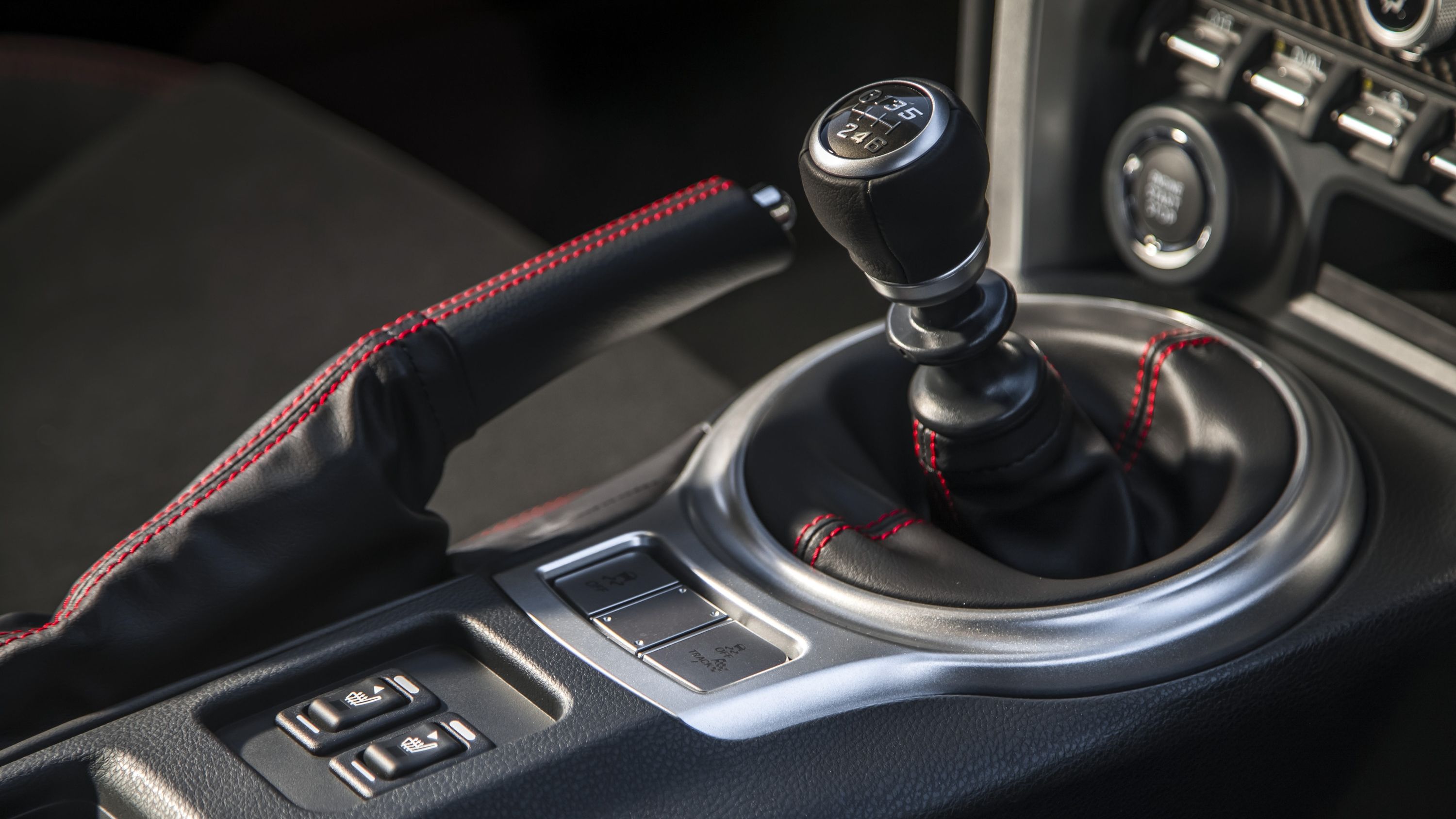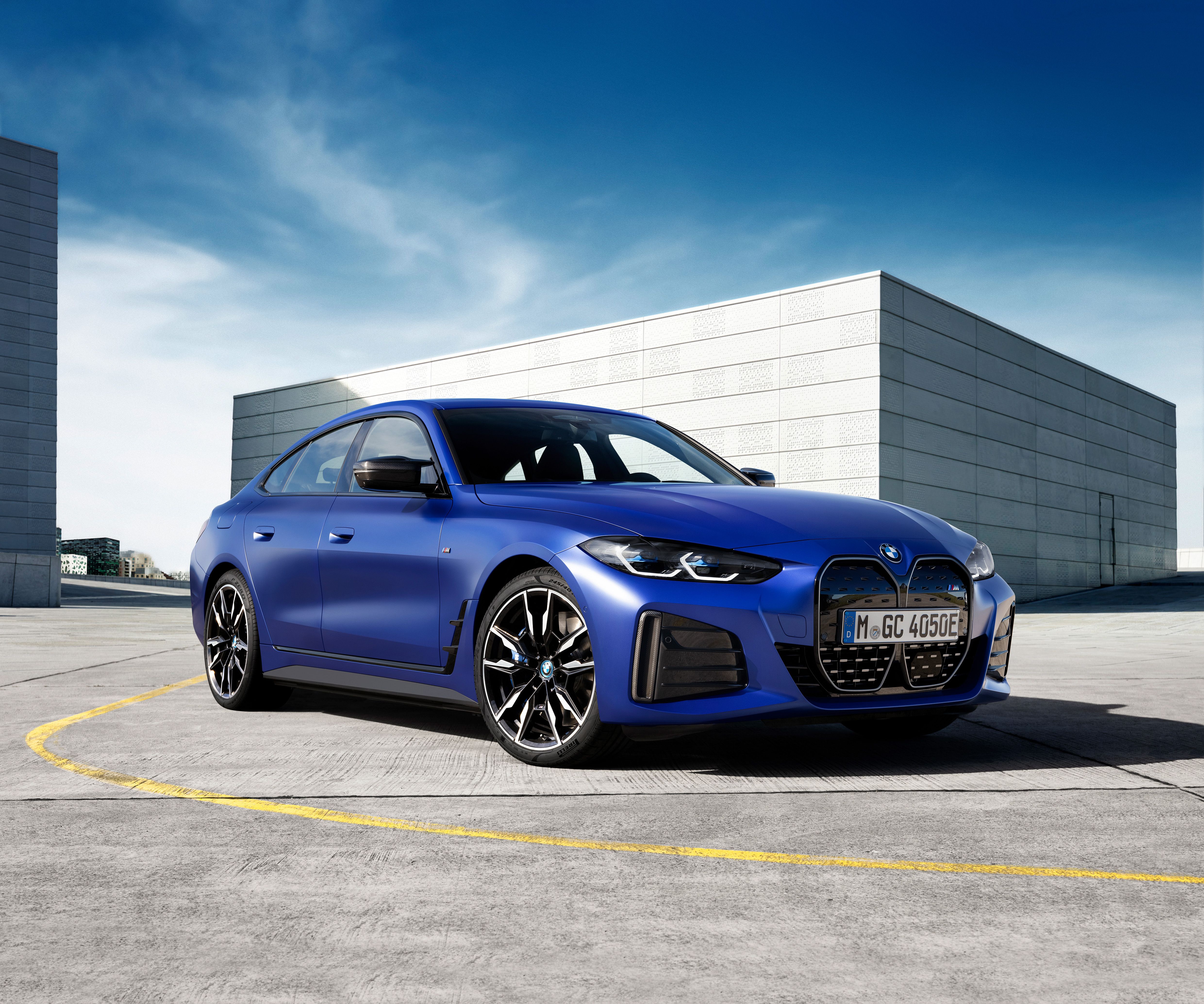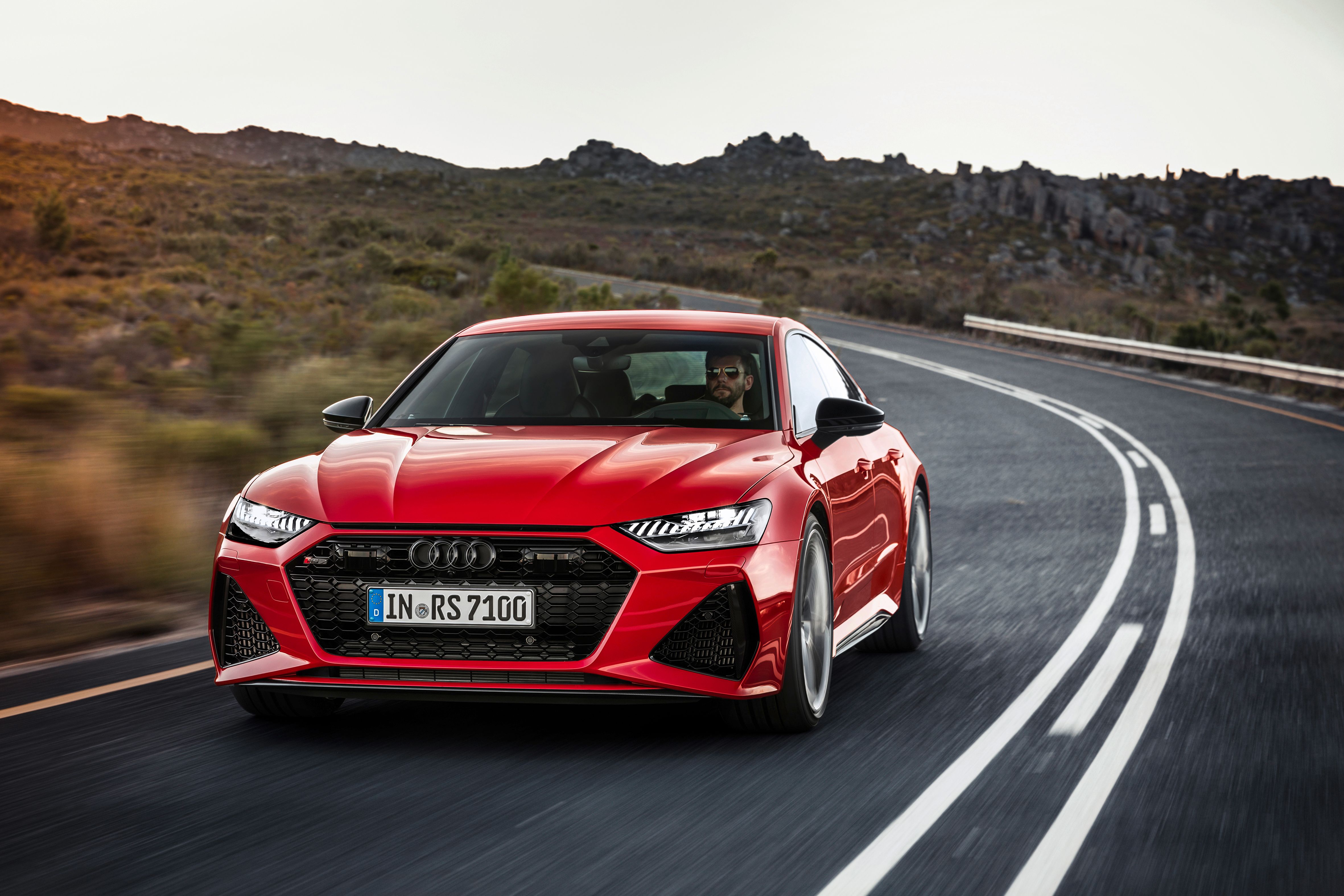The car industry is one of the most competitive ones and progress is inevitable. With that said, progress sometimes requires sacrifices and, in this case, it seems the sacrificial lamb is the manual transmission. The days of the third pedal are numbered as most car manufacturers, nowadays, see little sense in offering it on their models. This applies especially to mass-produced and high-performance vehicles. While in some markets, certain models are offered exclusively with a manual, a case in point being the 2022 Volkswagen Golf R, which in Canada, is offered only with the six-speed manual, manufacturers like Mercedes-Benz are killing the manual transmission altogether by 2023. While low demand is, often, pointed out as the main reason for retiring the third pedal, there’s a lot more to it.
Why is Demand for Manual Transmissions Decreasing?

There are a few possible reasons for that. We are not going to delve into the psychological aspect of it and say that people may have become lazier, more impatient, or more prone to multitasking behind the wheel (which you shouldn’t do), but we will say that according to Carmax, manual-equipped cars in the US have decreased by 89.5 percent since 1995. But why is that?
Automatics Are More Comfortable and Easier To Drive

Even someone like me who likes to control as many aspects of driving as possible will admit that automatics are much easier and more relaxing to drive. Those living in over-populated areas where traffic jams are a frequent occurrence will surely appreciate not having to manually shift gears multiple times over a distance of 50 yards (45.7 meters). The whole process, simply, becomes a burden once you repeat it enough times.
Related:Here’s Why The Manual Transmission Will Not Die Anytime Soon
New Automatics Are Much More Refined and Sportier Than Before

By now, it’s clear that the days of the old “slush-boxes” are long gone. Having a car equipped with an automatic no longer means sacrificing performance and fuel economy compared to an identical car equipped with a manual transmission. Of course, there is the occasional case where even new automatics can be somewhat inadequate, especially in low-speed, urban driving conditions, but those are few and far in between, in our time.
You only need to look at the Porsche 911 (992) GT3, which can still be had with a manual and an automatic. The PDK transmission allows the naturally-aspirated 911 to reach from 0 to 60 mph (97 km/h) in 3.2 seconds, which is 0.5 seconds quicker than the same car equipped with the six-speed manual. A quicker 0 to 60 mph (97 km/h) time doesn’t always make for a more engaging sports car, but it is an example nonetheless.
Related:BMW M Can’t Ditch Manual Transmissions
Cutting Production and Development Costs

Cutting costs is one of the main priorities for car companies, especially in our times. With that said, developing a car that would be offered with more than one transmission option is more expensive than one that is offered with a single transmission option. Developing a car with both an automatic and a manual transmission means that both the automatic and manual versions need to undergo the same emissions and crash tests, separately. This, often, means destroying double the amount of cars in crash tests.
Speaking of crash tests, the active safety systems of a vehicle are scored separately from collision testing. While not impossible, it is more difficult to integrate the latest passive safety systems into a manual-equipped car (or so some manufacturers claim), which is why certain manufacturers choose not to go through the hassle altogether. A case in point is the manual version of the Subaru BRZ, which scored low on the active safety test for that very reason. Certain manufacturers are ahead of the game like Audi, which stopped offering a manual transmission for the US market throughout its entire lineup, back in 2019.
Related:The 2022 Toyota 86 Is Still One of the Most Affordable Sports Cars With a Manual Transmission
This, of course, begs the question of how other manufacturers pull it off and score well on the active safety crash tests. The Toyota GR Corolla and GR Yaris, for example, both come exclusively with a manual transmission although rumors of a sequential transmission for the GR Yaris (and possibly the GR Corolla) are about. Despite the manual transmission, the Toyota GR Corolla earned the title of Top Safety Pick by the Insurance Institute for Highway Safety (IIHS). With this in mind, we have to ask what’s Subaru’s deal.



